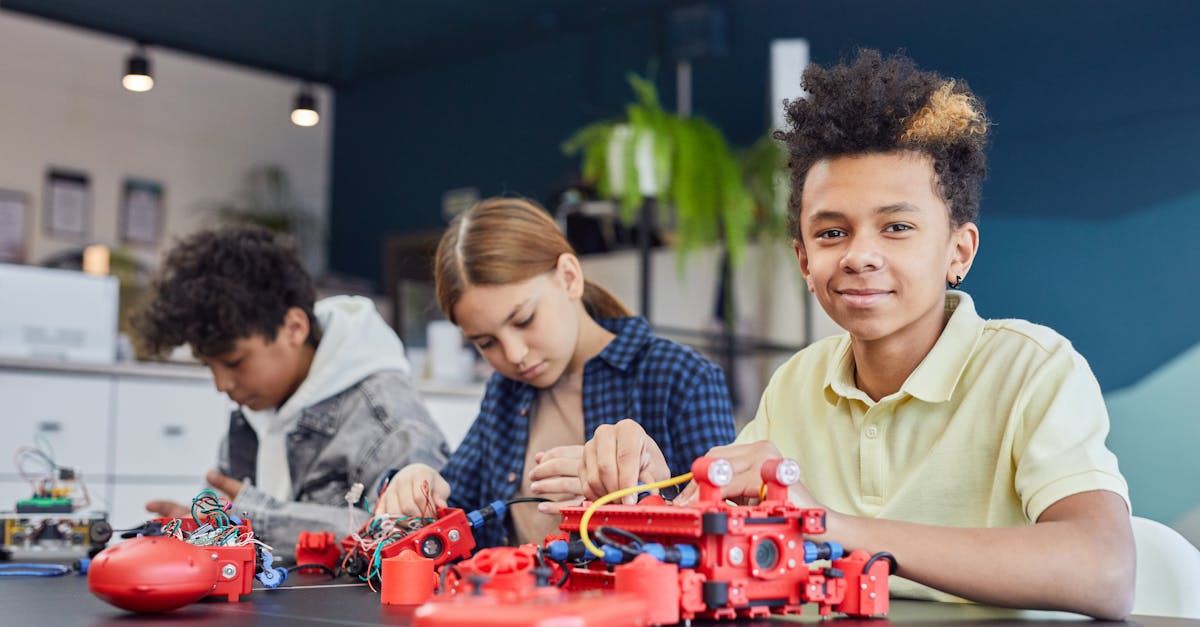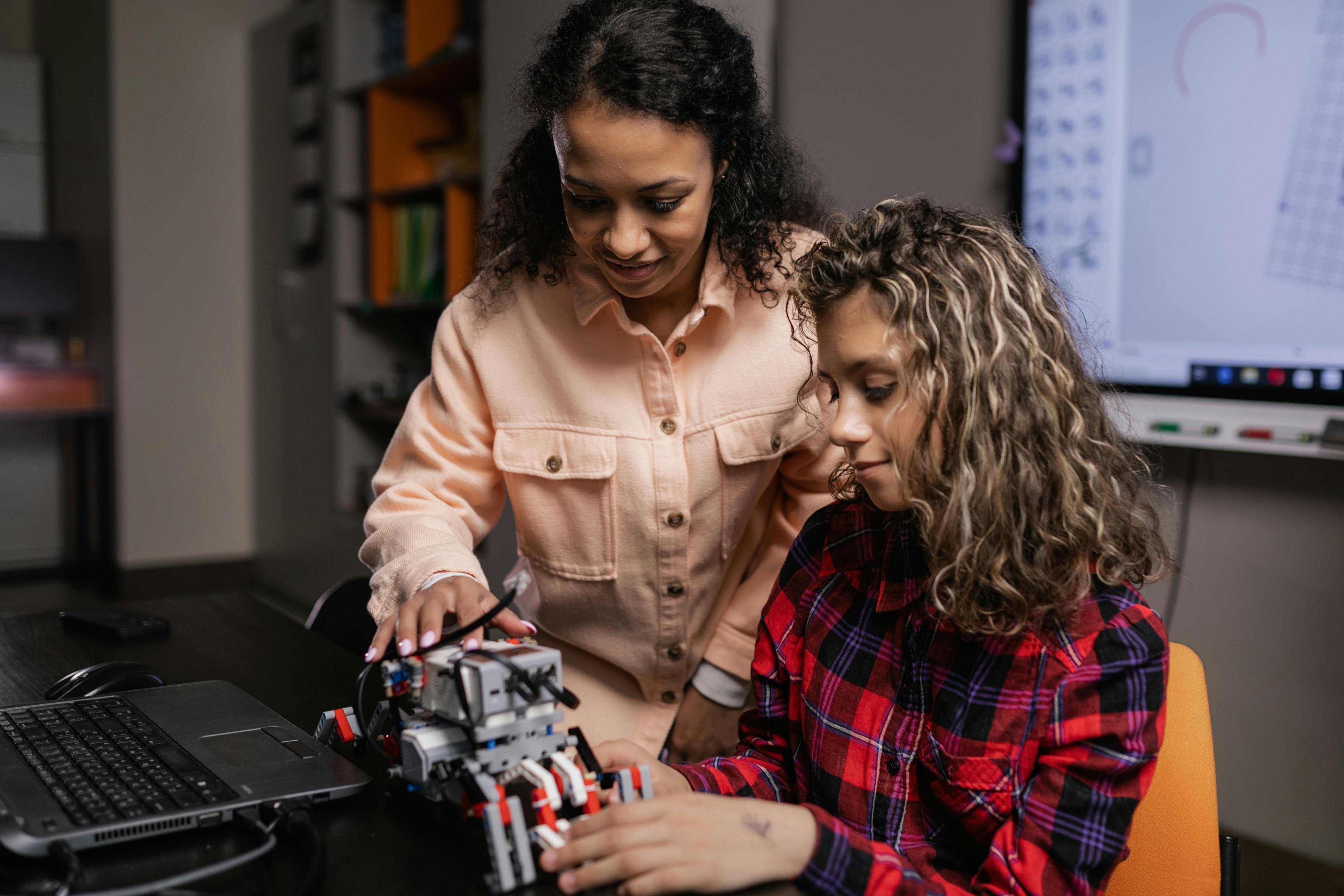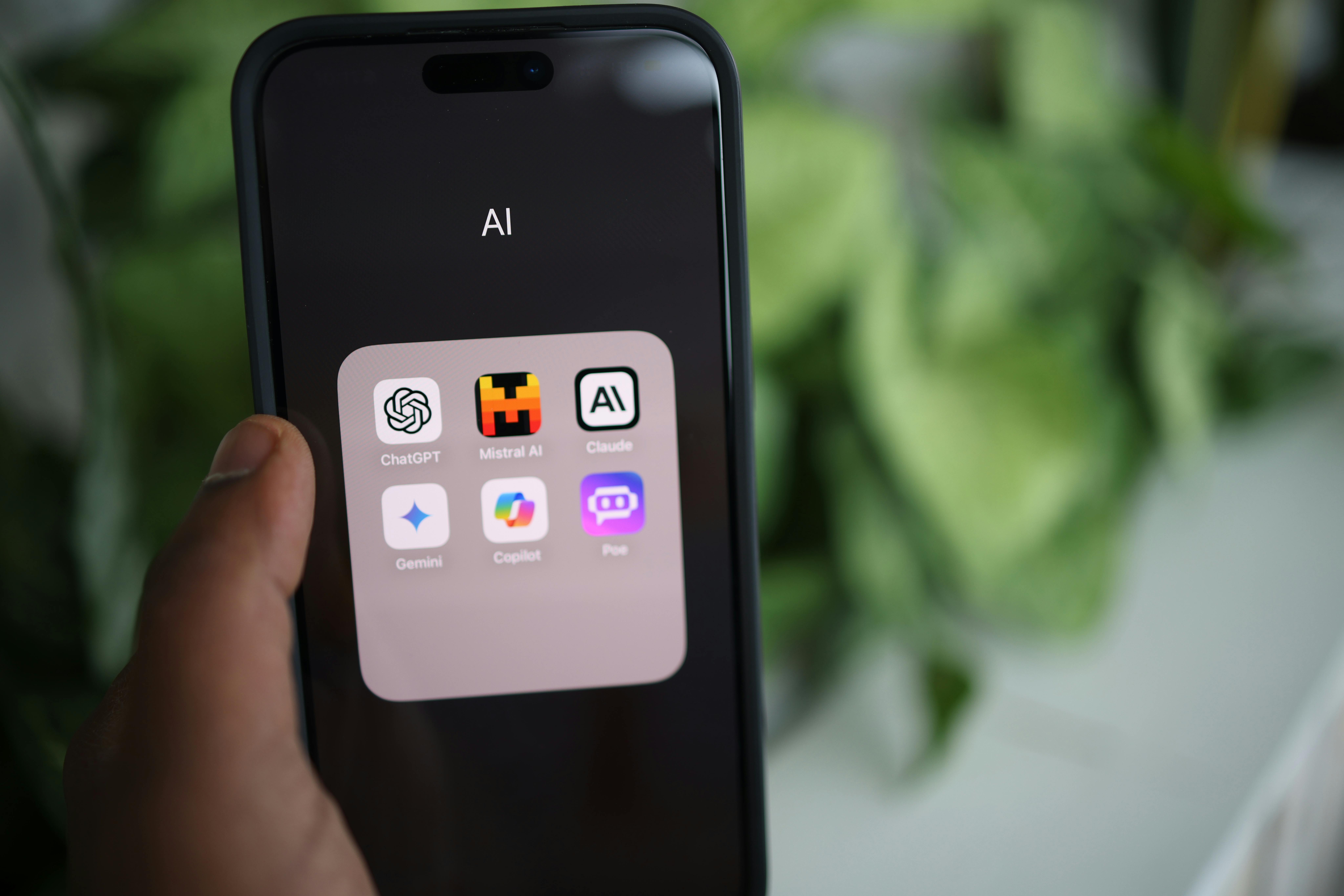Introduction: The Evolution of Education
By 2024, the nexus of robotics and artificial intelligence (AI) with education will have become a major factor in the revolution of conventional learning settings. Robots and artificial intelligence are not merely improving learning environments; they are essentially changing how students engage with knowledge and acquire knowledge. The fast integration of these technologies is tackling the always changing problems with contemporary education and offering creative ways to enhance and customize students’ educational experiences everywhere.
Educating with AI and Robotics
Development of systems for decision-making, speech recognition, and language translation—tasks that normally demand for human intelligence—is known as artificial intelligence (AI). Conversely, robotics is the study, design, and operation of robots, which are automated devices capable of carrying out a wide range of intricate jobs either fully or partially autonomously.
Robotics and artificial intelligence are completely changing the way that traditional teaching methods are done. Adaptive learning systems that customize instructional content to individual learning styles and paces are being introduced by these technologies. Through the simplification of administrative chores, they are also helping teachers by freeing up more time for direct student interaction. The similarities between AI-driven approaches and human instruction—through interactive sessions, individualized feedback, and flexible learning paths—make these technologies indispensable to modern educational institutions.

Achievements and Uses of AI in Education
AI has been used in education with some noteworthy accomplishments and a wide range of applications. Personalized education for students is one well-known example of intelligent tutoring systems, which incorporate AI. Through individual student performance analysis and content and method adaptation to meet their unique needs, these systems encourage a more customized learning experience.
Further insights on student performance and learning habits are also being provided to educators by AI-driven analytics systems. Using trends in student data, for example, these systems can spot at-risk students early on and enable prompt interventions. AI-powered administrative automation has also greatly lightened teachers’ workloads, freeing them up to concentrate more on instruction and student engagement.
Through sophisticated data analysis and machine learning methods, AI is also accelerating the rate of innovation in higher education by enabling academics to find new discoveries. Artificial intelligence applications are enhancing and democratizing education with everything from virtual lab simulations to language translation tools.
Robotics’ Effect on Classrooms
With so many advantages, robots are finding their way into classrooms all across the world. To help teachers, for instance, social robots—which are made to interact with people well—are employed to include pupils in interactive learning exercises. These robots can do anything from instruct robotics and programming to storytelling and cooperative projects.
Success tales abound from many different educational institutes. Robots are being used to engage with pupils and offer an entertaining and interesting method of teaching English as a second language in Japan. Robots are helping special needs pupils in certain American schools by offering constant, patient, and customized interactions that greatly enhance learning results.
In addition, robots support hands-on, practical STEM education by enabling students to construct and program their own robots and learn electronics, coding, and robotics. This practical method not only increases learning enjoyment but also gets pupils ready for future jobs in engineering and technology.

Problems and Their Fix
Robotics and artificial intelligence (AI) integration in education presents certain difficulties despite the many benefits. Important obstacles include the high implementation costs, teacher opposition to change, and worries about data security and privacy. Solutions are being created and implemented, though, to deal with these problems.
Government funding and strategic investments can assist control expenses, and professional development courses can provide teachers the abilities they need to use these technologies to their full potential. Protection of the enormous volumes of student data utilized by AI systems depends on strong cybersecurity protections and data privacy legislation.
Synopsis
In summary, artificial intelligence (AI) and robotics will play a significant and promising role in changing education in 2024. Technologies are improving and customizing the educational process, increasing accessibility, interest, and efficacy of learning. Looking ahead, deliberate integration of robotics and AI together with ongoing developments is expected to completely transform education and better equip students for the opportunities and problems of the future.





